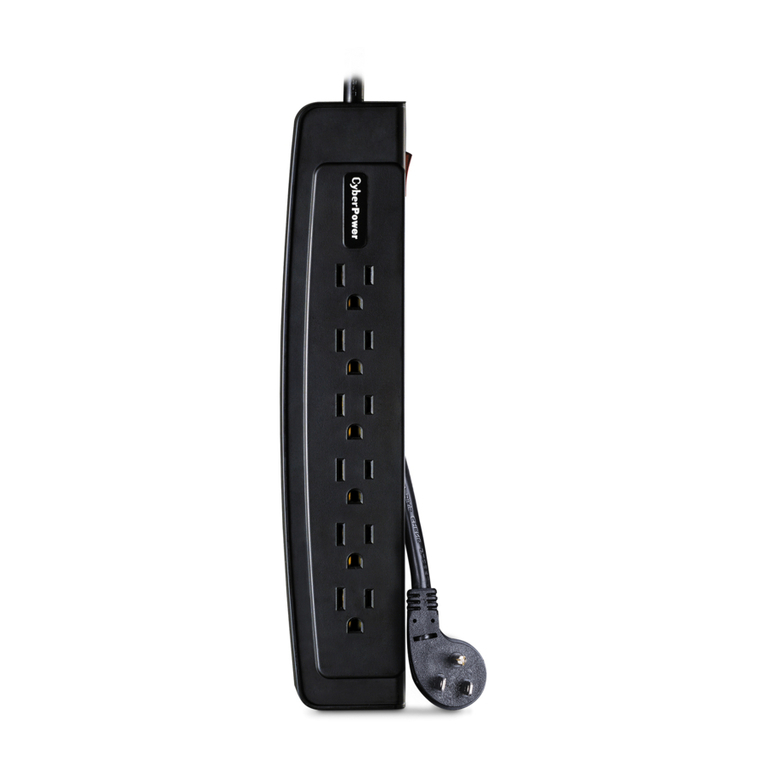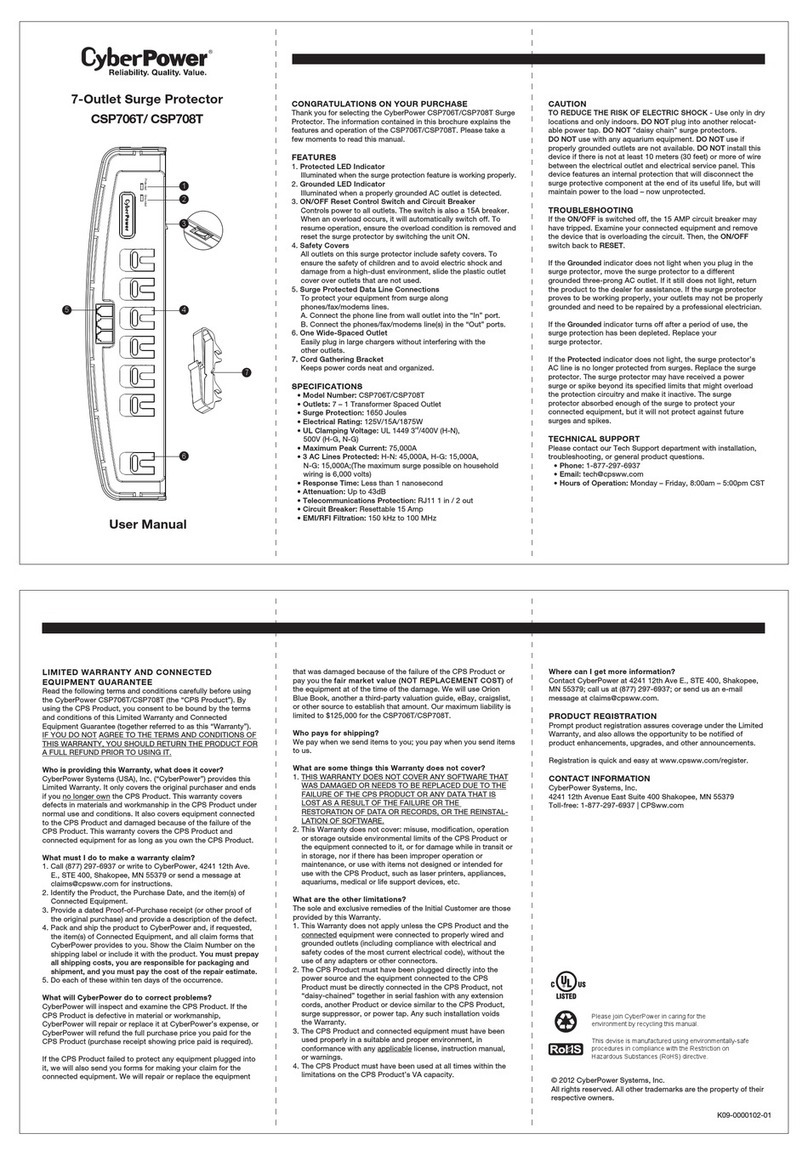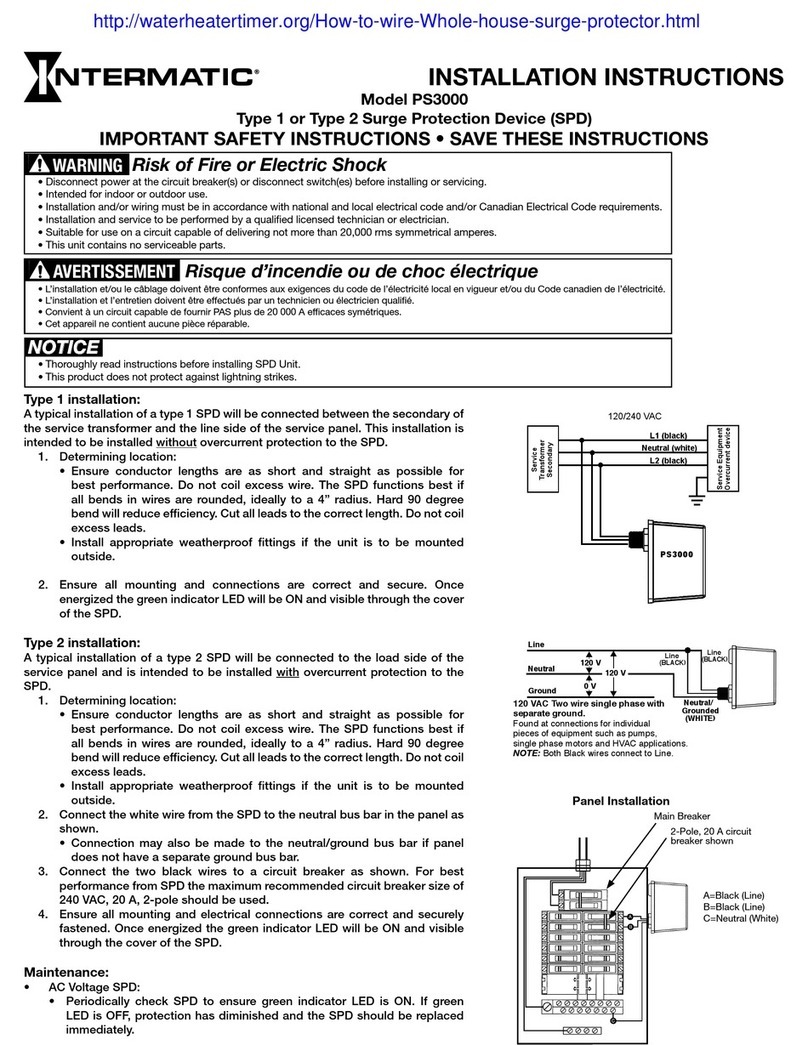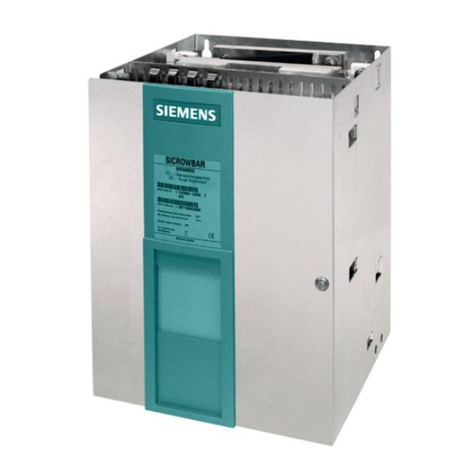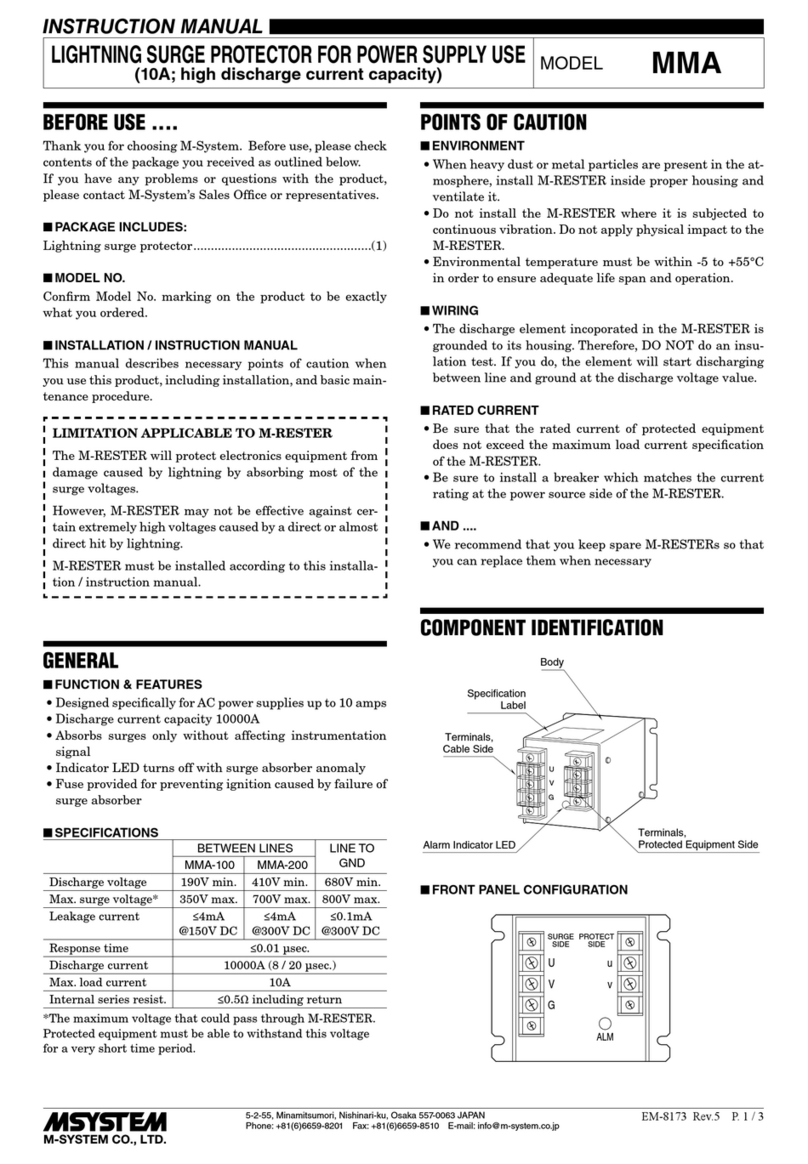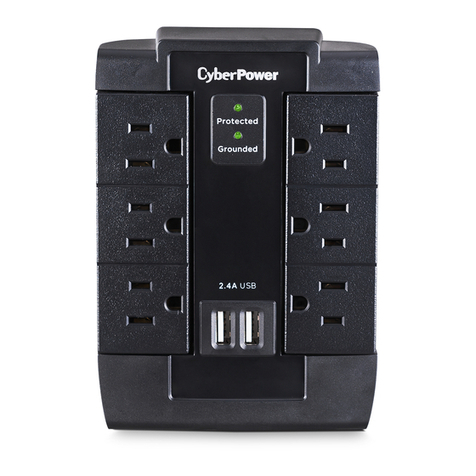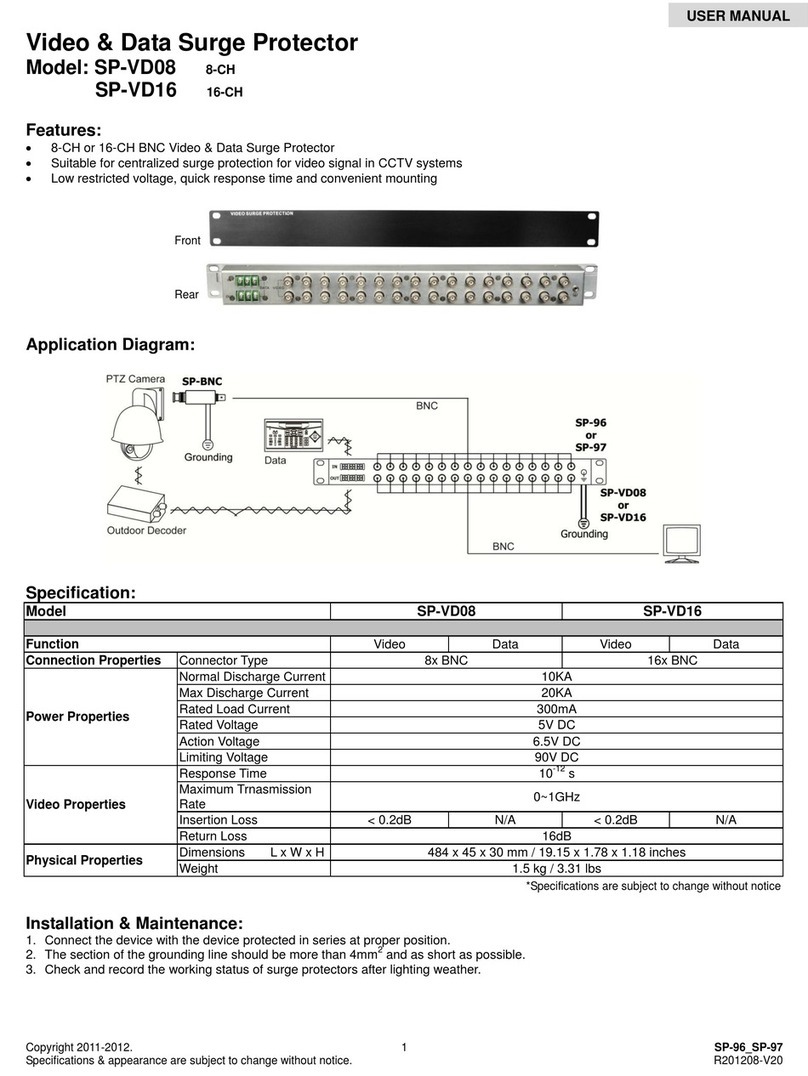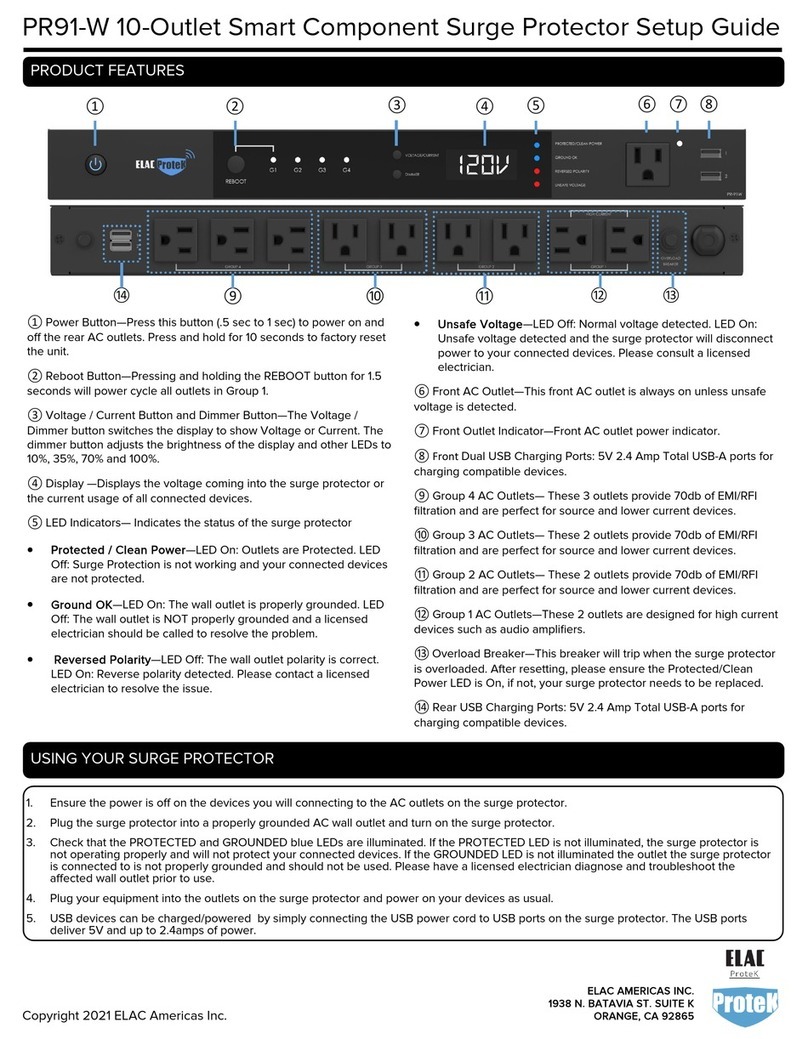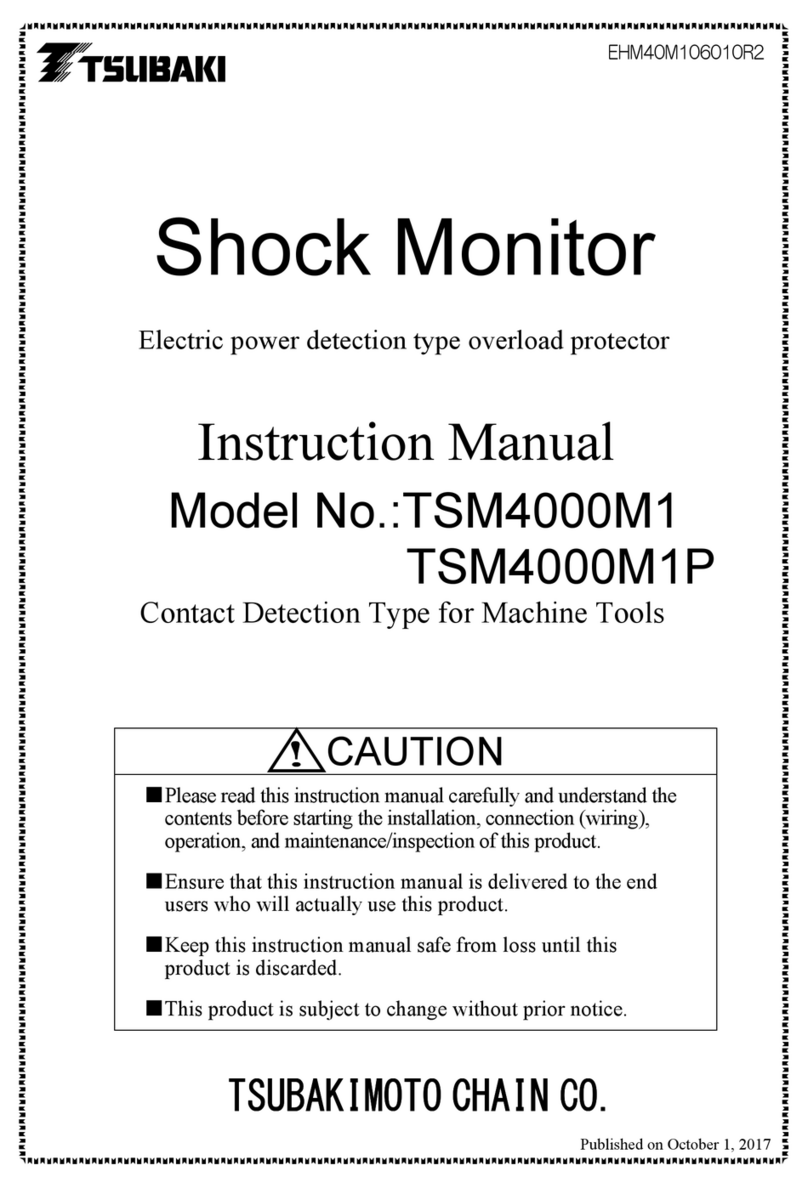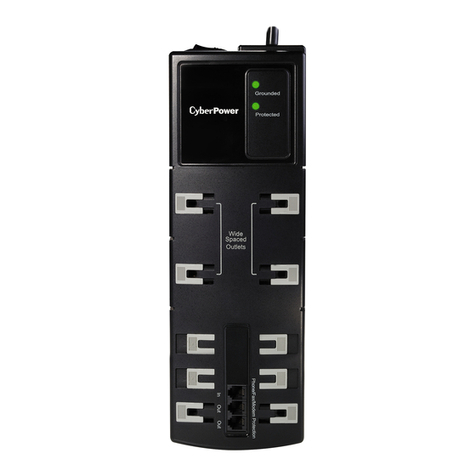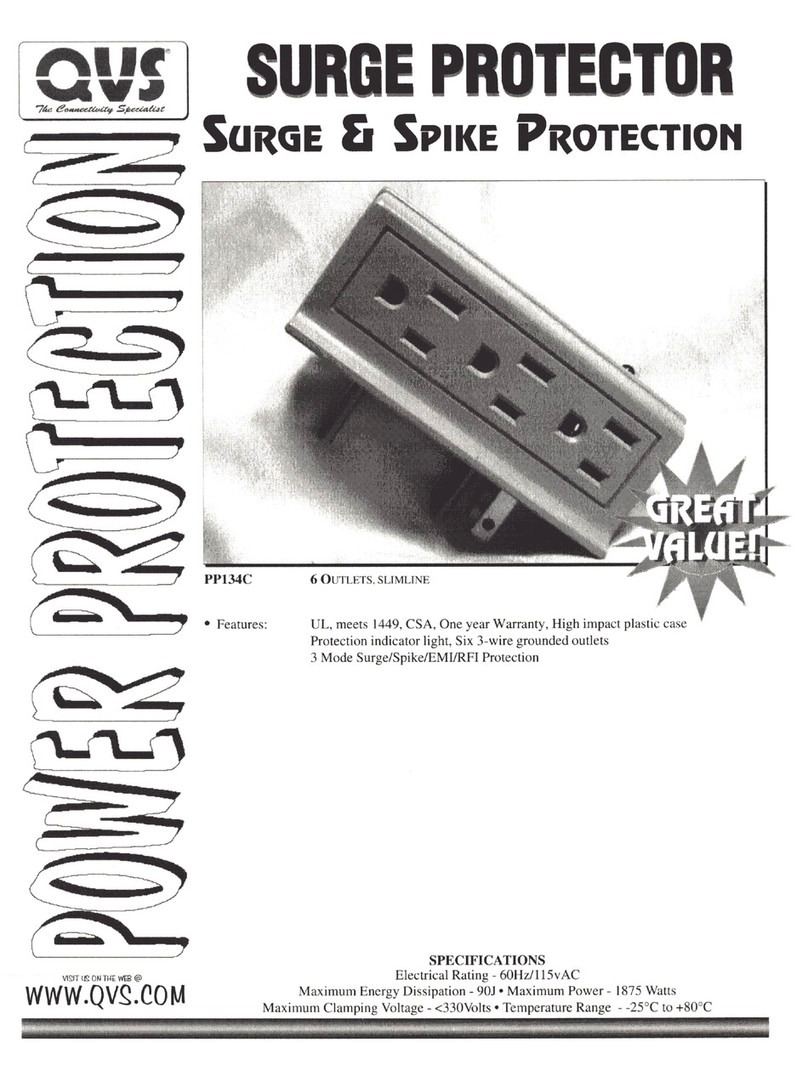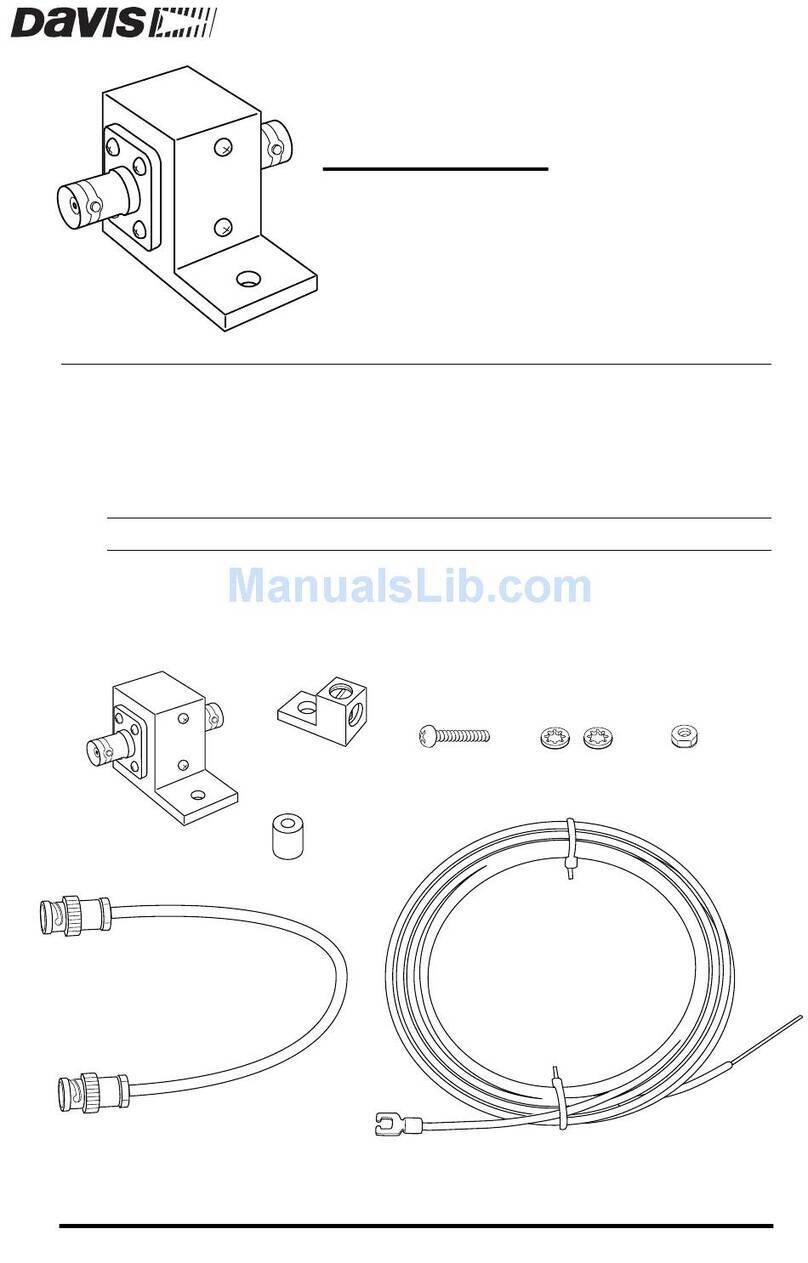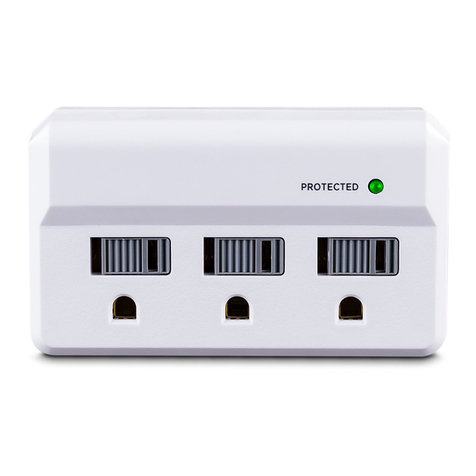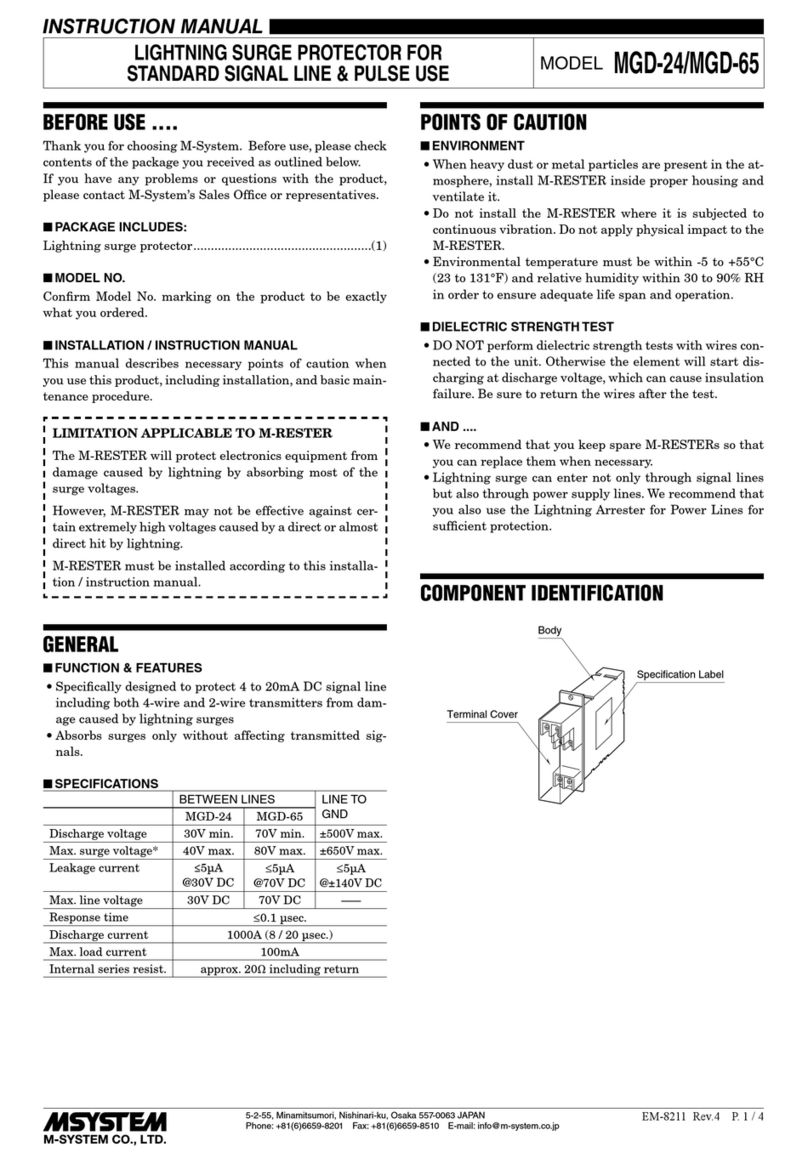
2
AV equipment is most vulnerable and susceptible to dam-
age during those first few milliseconds after the power is
turned on or off.
When audio amplifiers are powered on, a large inrush
current occurs as the large capacitors in the power supply
charge. This inrush can be on the order of several hundred
amps for a number of AC cycles. If more than one amplifier
is connected to a single branch circuit, the inrush current
is multiplied and can cause the circuit breaker to trip, or
the line voltage to sag. Additionally, if the amplifier is pow-
ered on either before or concurrent with signal processing
equipment, the result can be a dreaded speaker “pop”. This
all-too familiar noise occurs as transients from the signal
processing equipment flow uncontrolled to the inputs of
the power amplifier. The amplifier amplifies this signal
and passes the transient “pop” along to the speakers. The
result can be catastrophic to both speaker and amplifier.
Powering down A/V is equally as perilous. Unlike other
A/V equipment, the large capacitors found in amplifiers
will store their charge. This means if signal processing
devices and amplifiers are switched off simultaneously,
the amplifiers are still operational as the signal processing
equipment is switched off. Just as with startup, the power
down phase can cause equipment to emit transients which
are amplified by the amplifier, then propagated to the
speakers and “pop”!
AC Power sequencing addresses these problems by pow-
ering up your equipment in stages. The signal processing
equipment is powered on first and allowed to stabilize, and
then the amplifiers are powered on.
The first stage signal processing equipment may still emit
transient noise upon power up, but because the amplifiers
have yet to power on, the transient signal passes without
incident. Power sequencing stages the activation of
heavy loads, which prevents nuisance breaker trips and
equipment damage due to line sags and brown-outs. This
means that inrush currents are offset in time, rather than
occurring simultaneously. This can also be advantageous
to upstream equipment if the sequencer is supplement-
ing other power management such as a UPS or voltage
regulator.
The Furman PS-8RE III provides three delay stages. If
three stages of power sequencing are not enough for your
application, you can chain together multiple PS-8RE III
sequencers. For best results we recommend that your
power amplifiers always receive power last. Plug the am-
plifiers into DELAY 3, or divide them into two groups and
plug one group into DELAY 2, and the other into DELAY
3. The low level equipment feeding the amps, such as
mixers and signal processors, should plug into DELAY 1
such that they will turn on and stabilize first.
The turn-on delay intervals are factory preset to 5 seconds
per stage. This delay can be increased or decreased us-
ing the rear panel trim pot adjustment (see “Adjusting the
Delay Interval” for details).
In the event of a power outage, all equipment plugged
into the PS-8RE III will lose power simultaneously. When
power is restored, the behavior of the PS-8RE III will
depend upon switch settings and how the unit has been
configured:
• If the PS-8RE III has been configured for Maintained
mode and the Sequence switch is in the ON position, the
delayed outlet groups will turn on in the normal delayed
sequence when power is restored.
• If the PS-8RE III has been configured for Momentary
mode the delay outlets will remain off until activated by
the end user.
Sequenced Outlets
SMP+ (Series Multi-Stage Protection Plus)
Unique to Furman’s SMP+ is its unparalleled clamping volt-
age. While other designs offer clamping voltages that are
well above 660 Vpeak, the SMP+ clamps at 376 Vpeak,
(266 VAC RMS). This unprecedented level of protection
is ONLY available with Furman’s SMP+ technology. Fur-
man’s trusted over-voltage circuitry protects against all
too frequent accidental connections to 408 or 440 VAC by
quickly disconnecting the loads from the incoming power
until the over voltage condition has been corrected.
Furman’s SMP+ surge suppression virtually eliminates
service calls. Traditional surge suppression circuits “sac-
rifice” themselves when exposed to multiple transient
voltage spikes, requiring the dismantling of your system,
and repair of your surge suppressor. With Furman’s
SMP+, however, damaging transient voltages are safely
absorbed, clamped, and dissipated.
PS-8RE III - POWER CONDITIONER / SEQUENCER

